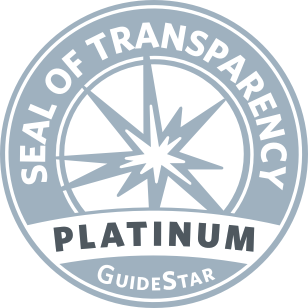Sepul Bio Launches Phase 2b Clinical Trial for USH2A RNA Therapy
Research News
Known as ultevursen, the USH2A RNA therapy was licensed from ProQR.
Sepul Bio, a business unit of Laboratories Théa developing RNA therapies for inherited retinal diseases, has dosed the first patient in a Phase 2b clinical trial for ultevursen, an emerging RNA therapy for people with retinitis pigmentosa or Usher syndrome caused by mutations in exon 13 of the USH2A gene. Known as LUNA, the two-year clinical trial will enroll 81 patients (adults and children over eight years of age) at multiple global sites. The first patient was dosed at the Retina Foundation of the Southwest in Dallas. Additional trial sites will be announced later.
The RD Fund, the venture philanthropy arm of the Foundation Fighting Blindness, invested in the development of ultevursen when the treatment was initially being developed by ProQR Therapeutics.
In December 2023, Théa acquired ProQR’s ophthalmology assets, which included ultevursen and sepofarsen, an emerging RNA therapy for patients with Leber congenital amaurosis type 10 caused by the IVS26 mutation in the CEP290 gene. Théa launched its Sepul Bio business unit to continue clinical development of ultevursen and sepofarsen.
In ProQR’s Phase 1/2 clinical trial for ultevursen, the RNA therapy demonstrated benefits in best corrected visual acuity, retinal sensitivity, and retinal structure. ProQR also reported vision and structural improvements for patients in its Phase 2/3 clinical trial for sepofarsen. Sepul Bio is now planning a clinical trial for sepofarsen.
Both sepofarsen and ultevursen are comprised of tiny pieces of genetic material called antisense oligonucleotides (AONs) which are injected into the vitreous, the soft gel in the middle of the eye. The AONs mask the disease mutation in RNA, the genetic messages that cells read to make proteins which are critical for the cells’ health and function. Masking the mutation enables cells to make the correct protein.
AONs can be advantageous when large retinal disease genes — such as CEP290 and USH2A — exceed the capacity of viral gene replacement delivery systems, thereby making gene therapy development for these genes challenging.
Mutations in the USH2A gene can cause vision loss from non-syndromic retinitis pigmentosa or combined vision and hearing loss from Usher syndrome type 2A. Exon 13 is a hotspot for mutations in USH2A. Sepul Bio estimates that 16,000 people in the Western world have mutations in exon 13 of USH2A.




